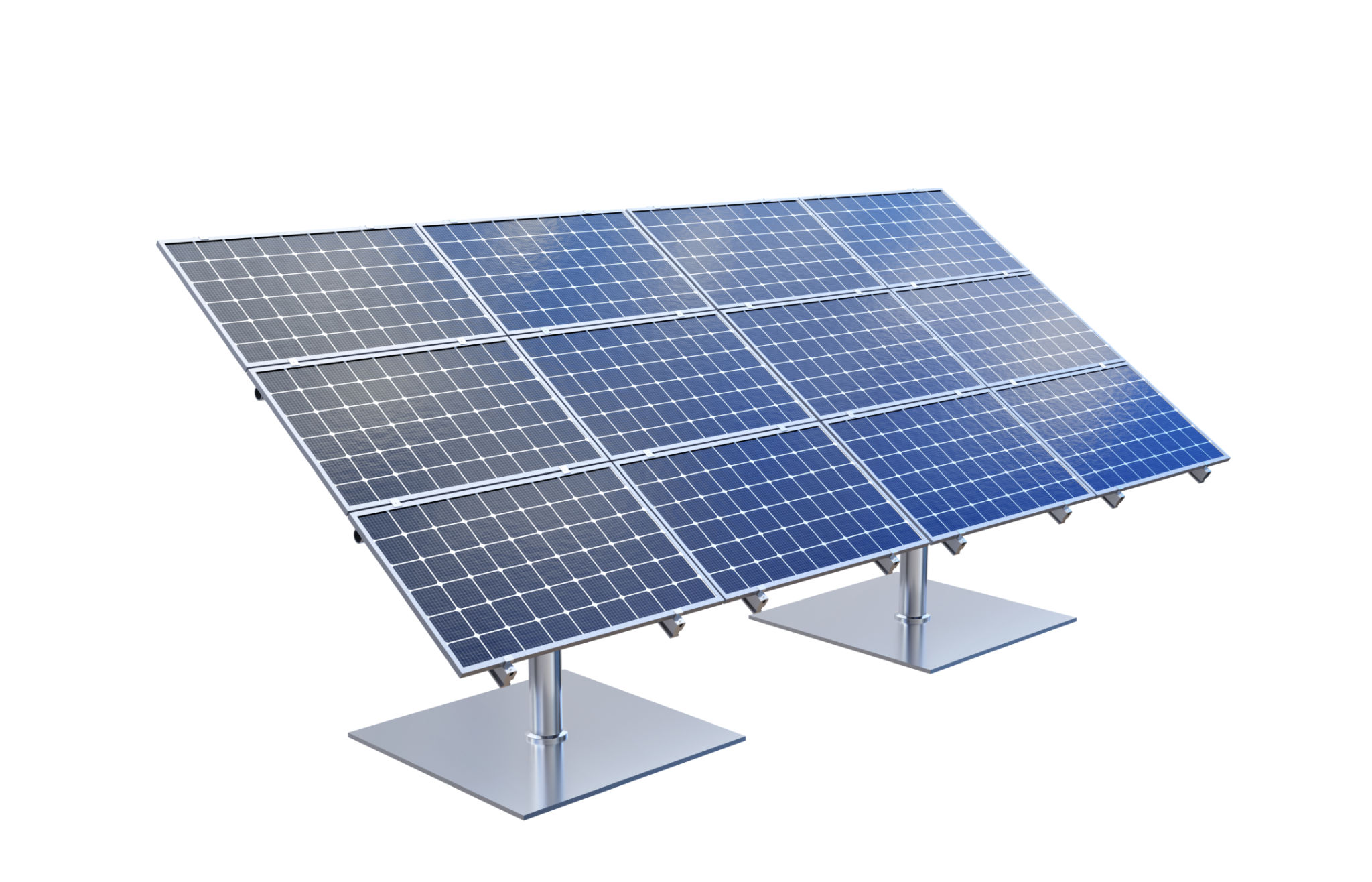The Future of Energy Conservation in Australia: Trends and Innovations
Introduction to Energy Conservation Trends in Australia
Australia is at the forefront of energy conservation, driven by the urgent need to reduce carbon emissions and combat climate change. As the nation grapples with the challenges of transitioning to a more sustainable energy system, several trends and innovations are emerging that promise to reshape the energy landscape. From renewable energy sources to cutting-edge technologies, Australia is embracing a future where energy conservation plays a pivotal role.

Renewable Energy Sources
One of the most significant trends in energy conservation is the rapid adoption of renewable energy sources. Solar and wind power, in particular, are becoming increasingly prevalent across Australia. The country's vast landscapes and sunny climate make it an ideal location for solar farms, while coastal areas provide ample opportunities for wind energy generation. With government incentives and decreasing costs, more households and businesses are investing in solar panels and wind turbines.
Solar Power
The growth of solar energy in Australia is remarkable. The number of rooftop solar installations has surged, making it one of the leading countries in per capita solar capacity. This trend is expected to continue as advancements in solar technology improve efficiency and output. Additionally, large-scale solar farms are being developed to supply clean electricity to the grid.

Wind Energy
Wind energy is also gaining momentum as a key component of Australia's renewable energy strategy. Offshore wind projects are being explored to harness the powerful winds along the coastline. With advances in turbine technology and increased investment, wind energy is set to become a major contributor to the nation's electricity supply.
Innovative Technologies and Smart Solutions
Beyond renewable energy sources, innovative technologies are driving energy conservation efforts in Australia. Smart grids, battery storage solutions, and energy-efficient appliances are playing crucial roles in optimizing energy use and reducing wastage.
Smart Grids
Smart grids are transforming how electricity is distributed and consumed. By using sensors and advanced communication networks, smart grids provide real-time data on energy usage, enabling more efficient distribution and consumption patterns. This technology helps manage peak demand and integrates renewable energy sources more effectively into the grid.

Battery Storage
Battery storage solutions are revolutionizing how excess renewable energy is stored and utilized. By storing surplus energy generated during peak production times, batteries ensure a stable supply even when the sun isn't shining or the wind isn't blowing. This not only supports grid reliability but also empowers consumers to become more self-sufficient in their energy use.
The Role of Government and Policy
The Australian government plays a critical role in shaping the future of energy conservation through policies and incentives that encourage sustainable practices. Initiatives such as subsidies for renewable energy installations and stringent building codes for energy efficiency are essential components of the national strategy to reduce carbon emissions.
Furthermore, state governments are implementing their own programs to support local renewable projects and promote community awareness about the benefits of energy conservation.

Conclusion: A Sustainable Future
The future of energy conservation in Australia looks promising as the nation embraces innovative solutions to meet its sustainability goals. By leveraging renewable resources, adopting cutting-edge technologies, and encouraging policy support, Australia is well-positioned to lead the world in energy conservation efforts. As these trends continue to evolve, they will undoubtedly pave the way for a more sustainable and environmentally friendly future.
